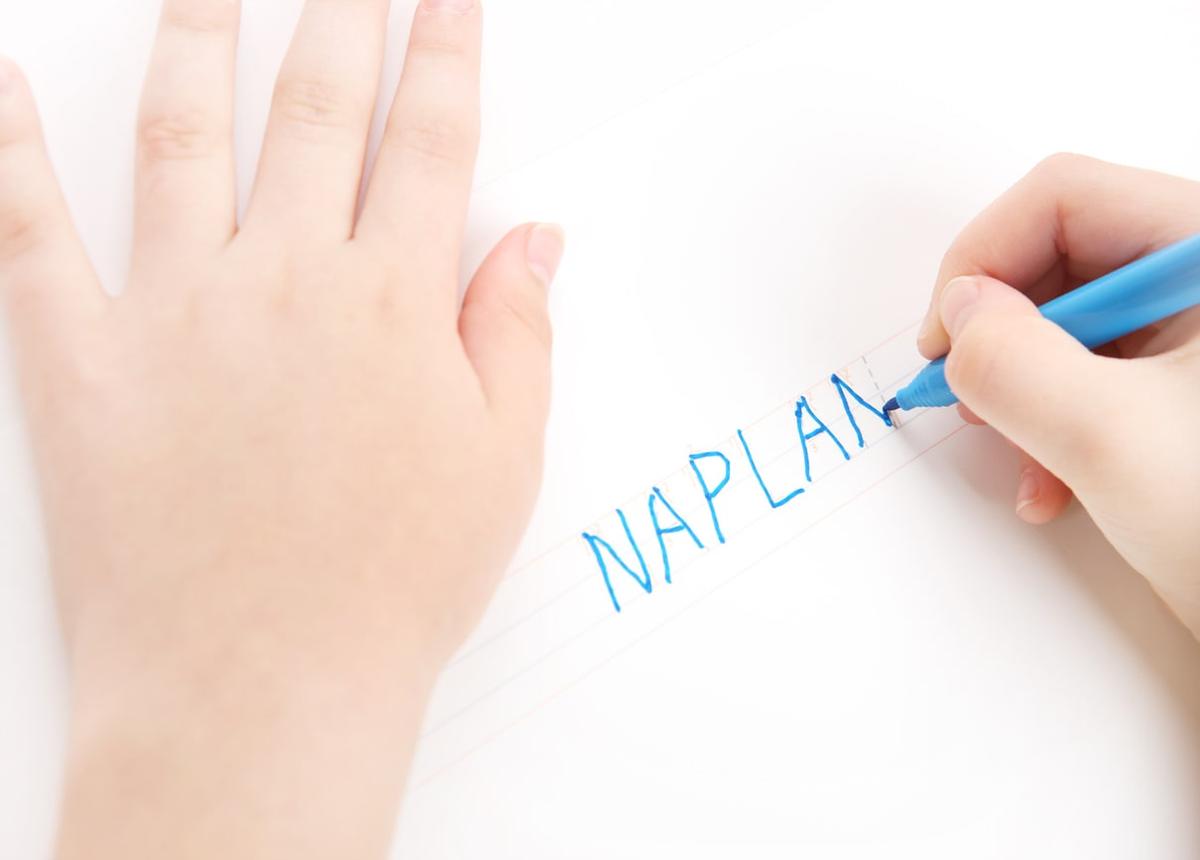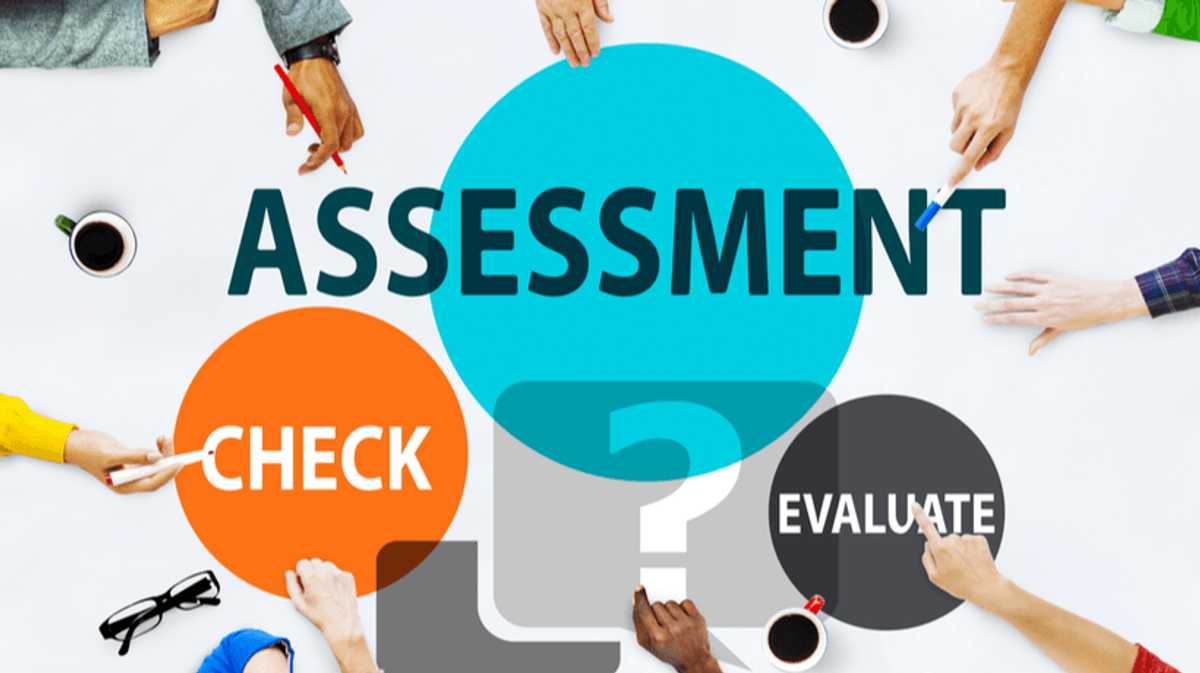Curriculum Updates
News from around the classrooms by our Learning Specialist, Jess Goward.
Artwork by Alkina Edwards' Creations.

Curriculum Updates
News from around the classrooms by our Learning Specialist, Jess Goward.
Artwork by Alkina Edwards' Creations.
Dear Grade 3 & 5 Parents,
This year, the NAPLAN test window will begin on Wednesday the 12th of March and finishes on Monday the 24th of March.
An information sheet is attached to this post with some important information and FAQ's about NAPLAN, should you have any questions.
You will also notice the 'NAP Locked Down browser' that will be installed shortly on the Grade 3 & 5 students iPads, which will be used for all NAPLAN tests (aside Grade 3 Writing) during the test period.
Classroom teachers are taking the time to work with students on a range of Literacy and Numeracy areas, so that they are familiar with these types of assessments and strategies to use in these assessment formats.
We stress that NAPLAN is just a snapshot of what your child can do on one particular day, in that setting.
If you believe your child is eligible for a disability adjustment or if you would not like your child to participate in NAPLAN, please send me or your child's classroom teacher an email by Wednesday the 5th of March.
Kind Regards,
Curriculum Team


At Ceres, we use a continuous reporting system so that parents and carers are updated throughout the year on the achievement and progress of their child’s learning. An ongoing system enables teachers to regularly communicate skill level information to parents, highlighting successes and areas where students require further support or development.
Each term and across the term, teachers prepare and administer ‘Learning Tasks’ in the areas of English, Maths and Inquiry. These learning tasks may be written or verbal tasks and student work samples of these tasks are regularly posted on Seesaw. A goal from these tasks is also detailed on the Seesaw post for English and Maths tasks.
Most learning tasks are re-administered after a unit of learning so that progress in the learning area can be measured and reported on.
What do the Learning Tasks look like?
Learning Tasks in English could be a writing task on an unseen topic or a dictated passage, a reading response task, a discussion or oral presentation. In Maths, they are an open-ended problem-solving task that includes Number as well as another strand of Mathematics, such as Measurement or Statistics. Inquiry Learning Tasks are projects or tasks that involve Humanities (History, Geography),Science or Capabilities such as Personal and Social Learning, depending on what is studied that term.
We useSeesawas a digital portfolio of student learning and progress. This platform enables parents to view and comment on their child’s work and gain insight into the teaching and learning occurring in classroom. Please ensure that you can access your child’s work on Seesaw so you have access to this information.
Each Semester, a report is also prepared which includes a teacher judgement against the achievement standards, assigned as a score for each curriculum area taught. Students’ effort and behaviour is reported on for each learning area taught. A personal comment is provided in the report which encapsulates your child’s progress with the school values.
This year, with each learning task there will be an accompanying rubric that shows what was assessed in the task as a set of criteria in a continuum, which relate to the achievement standards of the Victorian Curriculum 2.0. When a task is re-administered, it will show your child’s progress against the same criteria. This is a slight change from our previous method, which was a written comment at the end of the learning task cycle and only maths tasks with a rubric. This change aims to give parents greater clarity of their child’s strengths and areas for further development, against the curriculum.
Another change you will notice in Semester reports is how Mathematics Teacher Judgements are reported. From 2025, schools are now required to report against Mathematics Version 2.0 across levels Foundation to 10, with an overarching Teacher Judgement each semester, providing a single, aggregated score for Mathematics. This means that rather than a separate mark for Number & Algebra, Measurement & Geometry and Statistics & Probability, your child will receive one mark that will cover all of the strands.


Semester Reports will continue to be accessed via Compass and downloadable from this platform.
If you need any help in accessing Compass, please see Claire. If you are unable to access Seesaw, please speak to your child’s classroom teacher.